
NGUYEN PHI LONG
Hoa Binh province has an important strategic position, being the gateway to the Northwest region of the Fatherland, connecting the Northwest region with the capital Hanoi and the provinces of the Northern Delta. During the resistance war against French colonialism, Hoa Binh was the rear base of the battlefields of War Zone II and Inter-zone III, and the strategic traffic corridor between Inter-zone III and Inter-zone IV with Viet Bac and the Northwest.

The Standing Committee of the Provincial Party Committee and leaders of the Vietnam Fatherland Front Committee of Hoa Binh province presented gifts to express gratitude to Dien Bien soldiers, youth volunteers, and frontline laborers who directly participated in and served the Dien Bien Phu Campaign and are living in the province on the occasion of the 70th anniversary of the Dien Bien Phu victory.
With such an especially important position, when the French colonialists returned to invade our country, they quickly occupied Hoa Binh province and established the Da River defense line, aiming to reconnect the "East-West Corridor", implement the defense capability of the Northern Delta, and cut off the communication line between the Viet Bac war zone and Inter-zone III and Inter-zone IV.
To destroy the enemy's plot, on November 18, 1951, the General Military Commission decided to launch the Hoa Binh Campaign. On November 24, 1951, the Party Central Committee issued Directive No. 22-CT/TW "On the task of destroying the enemy's Hoa Binh offensive". Uncle Ho sent a letter of encouragement to the main cadres, soldiers and militia guerrillas in the Hoa Binh Campaign.

Proud of the 70th anniversary of Dien Bien Phu Victory (May 7, 1954 - May 7, 2024).
From late November to early December 1951, the main army divisions and laborers from the temporarily occupied enemy areas infiltrated through the dense enemy posts and brought food, ammunition, etc. to Hoa Binh to carry out their missions. The whole province was filled with a new and exciting atmosphere, all the people enthusiastically helped the army and laborers serve and prepare the battlefield. Thousands of laborers carried out the tasks of transporting food, ammunition, building roads, building bridges, making rafts, and setting up camps to serve the marching troops. Many young women of various ethnic groups enthusiastically volunteered to join the ambulance teams and serve in the military medical stations. Regarding logistics, the province was assigned to establish two large warehouses at Chuon stream (Luong Son), Man Duc (Tan Lac) to receive food, ammunition, and weapons from the plains, and from there distribute them to the units. Three transportation routes were formed: The Northern route of Hoa Binh town received from Phu Tho; The Southern Route 6 was transferred from Ha Dong, Ha Nam; Route 12 was transferred from Ninh Binh, Inter-zone IV. Local troops focused on coordinating with the main force troops, other units dispersed to the base to perform the task of consolidating and guiding the militia and guerrillas to operate. The Provincial Party Committee Standing Committee launched a competition with three contents: Developing guerrilla warfare, competing to kill the enemy and gain achievements; promoting enemy propaganda; actively serving the front line.
On December 10, 1951, the offensive to destroy the enemy at the Hoa Binh front began. The Tu Vu battle was the key battle that opened the campaign. After that, our troops attacked positions at the Ba Vi highlands, the Da River and Highway 6. Our attacks on the waterways and roads cut off the enemy's supply routes, surrounded and isolated positions, especially the town area. On February 23, 1952, the enemy began to retreat from Hoa Binh town. On February 25, 1952, the General Military Commission decided to end the Hoa Binh Campaign.
After two and a half months of continuous fighting, at the Hoa Binh front, we killed 6,012 enemies, captured and destroyed many guns, artillery, ammunition, and put out of action 9 planes, 17 canoes, ships, boats, and 246 military vehicles. At the enemy's rear front (Trung Du, Lien Khu III), we put out of action 15,237 enemies, captured 6,126 guns of all kinds. The enemy's total loss was 21,249 (14,030 dead). (According to History of the Vietnam People's Army, QĐND Publishing House, vol. 1, p. 459).
The Hoa Binh Campaign crushed the French occupation plan and plot to re-establish the "autonomous Muong region" on Hoa Binh land; crushed the French colonialists' illusion of regaining the initiative on the battlefield with the De Lattre de Tassigny plan; liberated 5,000 square kilometers of land in the Hoa Binh - Da River area with nearly 2 million people; maintained the communication route between Viet Bac and Inter-zone III and Inter-zone IV; defeated the French colonialists' plot to regain the strategic initiative and divide the Northern battlefield.
The victory of the Hoa Binh Campaign marked a leap forward in strategic command and campaign art, the ability to fight in mountainous areas, ensure logistics, and fight the enemy for a long time of our army, affirming the remarkable development in the organization and building of the main force, on that basis building the three-armed armed forces, creating a solid people's war posture, the whole people fighting the enemy. The success of the campaign art lies in the correct assessment of the enemy's situation; the accurate deployment and use of forces, the skillful command in handling situations, being sensitive to the actual developments on the battlefield, resolutely immediately changing the type of campaign from counter-attack to attack; effectively applying the two campaign combat mottos: "Attack the point and destroy reinforcements" and "continuous combat"; At the same time, close coordination was organized between the Hoa Binh offensive campaign (front) and the enemy's rear front (rear enemy) in the Northern Midlands and Delta,... creating a new turning point in the resistance war against French colonialism of our army and people: In Hoa Binh, the enemy had to retreat, in the Northern Midlands and Delta, the enemy's suppression system collapsed in large pieces.
On February 25, 1952, on the occasion of the liberation of Hoa Binh province, President Ho Chi Minh sent a letter of praise to the Campaign Command and the soldiers of the Hoa Binh front, the laborers serving and the local people. The Party Committee, the government, the army and the people of all ethnic groups in Hoa Binh province, with their ardent patriotism; the tradition of solidarity, the will to be self-reliant and self-reliant, coordinated with the main force to fight steadfastly and bravely, not afraid of sacrifice and hardship, always sticking to the land and the people, destroying the enemy, eliminating traitors, and smashing the plots of the French colonialists to re-establish the "autonomous Muong region", "Using war to feed war, using Vietnamese to fight Vietnamese"; proactively fought and coordinated in combat, as well as served in combat in many large and small battles, making the victory of the Hoa Binh Campaign.
The Hoa Binh victory affirmed the sharp and correct strategic policy and direction of the Party Central Committee, President Ho Chi Minh, the Central Military Commission and the General Command; the outstanding efforts of our army and people, including Hoa Binh province, in the process of preparing and implementing the campaign; that has great historical significance and lessons, scientific and practical value to apply in implementing the two current strategic tasks of building and defending the Fatherland.
After the defeat in Hoa Binh, the French army suffered consecutive heavy defeats on the Northwest battlefield and on the Northern Delta front. In early December 1953, the Politburo decided to choose Dien Bien Phu as the strategic decisive battle point. As the direct rear of the Dien Bien Phu battlefield, Hoa Binh province was assigned the task of organizing the reception and gathering of human and material support from the plains of Inter-zone III and Inter-zone IV, and organizing transportation to the front. The 56 days and nights of our troops fighting with great hardship and sacrifice, achieving the "famous Dien Bien, shaking the world" victory were also the days when the Party Committee, army and people of Hoa Binh highly promoted the spirit of overcoming difficulties, hardships and many sacrifices, ensuring smooth transportation in all situations, contributing human and material resources to the victory on the front.
With the spirit of "All for the front, all for victory", from January 1954, the province mobilized and organized 3 Youth Volunteer Companies, 3,000 laborers and laborers from other provinces to repair and expand more than 70km of road from Hoa Binh to Moc Chau (Son La) to serve soldiers, laborers and convoys of vehicles, cars carrying weapons, ammunition and food to the front. In addition, thousands of cadres and people of the province day and night clung to bridges and roads under enemy bombs and bullets to ensure smooth traffic. At the same time, the province welcomed and cared for thousands of wounded soldiers returning from the front. To sum up the campaign, the whole province mobilized 381,292 laborers, 905 carts, transported 4,900 tons of goods, mobilized 170,000 working days to grind and pound 545 tons of rice for the army, provided the front with 39.5 tons of beef, 1,840 cubic meters of wood and tens of thousands of bamboo trees...
It can be said that the victory of our entire Party, army and people in the resistance war against French colonialism in general and the Dien Bien Phu Campaign in particular, the army and people of all ethnic groups in Hoa Binh province made an important contribution in providing human and material resources and effectively coordinating operations with the Dien Bien Phu battlefield.
Promoting the spirit and offensive momentum of the Hoa Binh Campaign, the Dien Bien Phu Campaign and to be worthy of the title of Hero of the People's Armed Forces in the resistance war against French colonialism, the Party Committee, government, army and people of Hoa Binh province constantly strive and make efforts to achieve many achievements in the cause of resistance against the invading American imperialists, building and defending the Socialist Republic of Vietnam. In the cause of innovation and international integration, the Party Committee and people of all ethnic groups of Hoa Binh province are determined to overcome all difficulties and challenges, actively contributing to the common cause of the nation for the goal of "Rich people, strong country, democracy, fairness and civilization".
The province's economy has grown quite well and steadily; the economic structure has shifted in a positive direction, increasing the proportion of industry - construction, services, reducing the proportion of agriculture, forestry and fishery; all industries and production sectors have developed, the total product value increased year after year, the province's economy maintained a fairly high growth rate; the scale of the economy has expanded. In 2020, the total product in the province (GRDP) is estimated at about 54,956 billion VND, 1.65 times higher than in 2015. In the period of 2021 - 2023, the average annual growth rate of GRDP in the province is estimated at 5.4%; labor productivity is estimated at 2.67%; export turnover growth rate increased by 18%; total state budget revenue reached 17,174.6 billion VND. By the end of 2023, the average income per capita will reach about 70.16 million VND, the urbanization rate will reach 33.45%. The annual poverty rate will decrease by about 3%, the National Target Program on New Rural Construction will continue to receive attention, the whole province has 80 communes meeting new rural standards, accounting for 62% of the total number of communes; 28 communes meeting advanced new rural standards, 01 commune meeting model new rural standards; 60 model residential areas, 174 model gardens; 03 district-level units have completed the task of building new rural areas.
The cultural and social sectors are given attention, care, and investment for development; social security is ensured, people's lives are improved; sustainable poverty reduction policies and policies for people with meritorious services are focused on. Closely, resolutely, and effectively direct the economic recovery and development program, supporting people and businesses after the Covid-19 pandemic.
The work of building and rectifying the Party and the political system is given special attention, with high political determination, harmoniously combining "building" and "fighting". The work of fighting against corruption and negativity is deployed synchronously, systematically and effectively. Thereby contributing to preventing and repelling political, moral and lifestyle degradation, "self-evolution", "self-transformation" within the Party, corruption, "group interests"; improving leadership capacity, fighting strength, solidarity and unity within the Party, consolidating people's trust in the Party and the State. Leadership methods continue to be innovated, improving efficiency; coordination between the government, the Fatherland Front and socio-political organizations is strengthened, mobilizing the combined strength of the entire political system, promoting people's mastery and the strength of great solidarity among ethnic groups.
From history to the present is a continuous flow. Historical values need to be continued and promoted, including the Hoa Binh victory (1951 - 1952) and the Dien Bien Phu victory (May 7, 1954). In the coming time, the Party Committee, government, army and people of all ethnic groups in the province will continue to unite, be creative, make greater efforts and determination, seize opportunities, mobilize all resources, strive to successfully implement the Resolution of the 17th Provincial Party Congress and the Resolution of the 13th National Party Congress; strive to build Hoa Binh province into a solid defense zone, an important military strategic zone of the country, and at the same time a dynamic economic zone of the region; contribute with the whole country to successfully implement the cause of building and firmly protecting the Socialist Republic of Vietnam.
Source


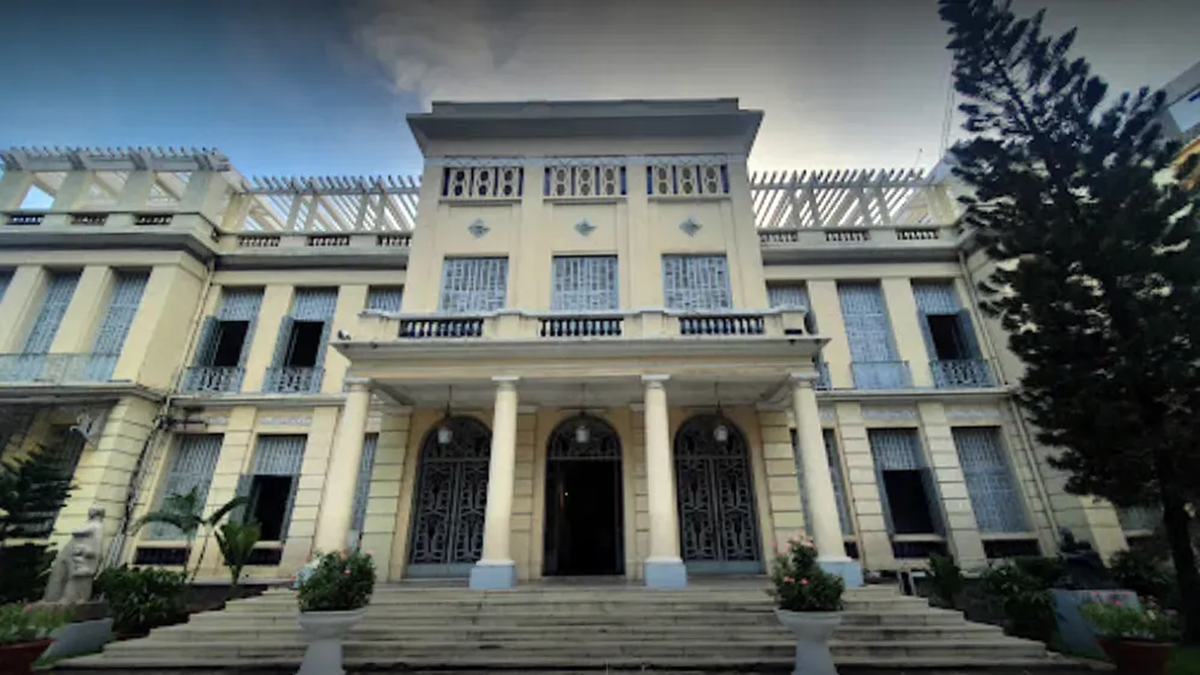
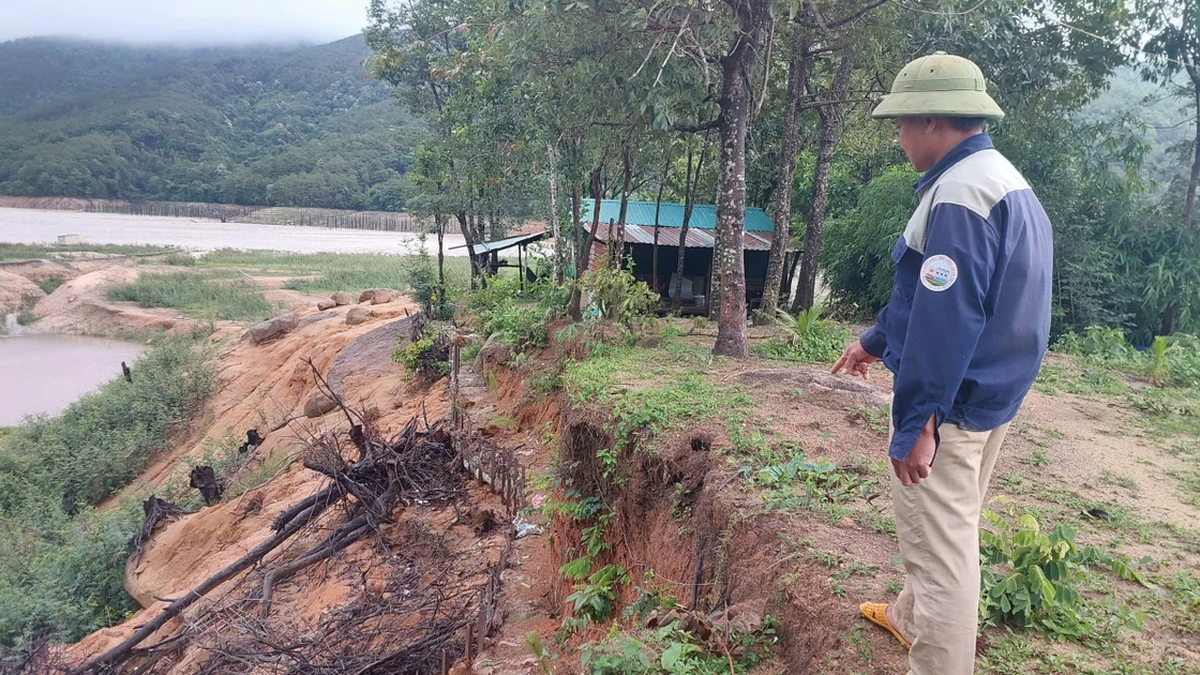
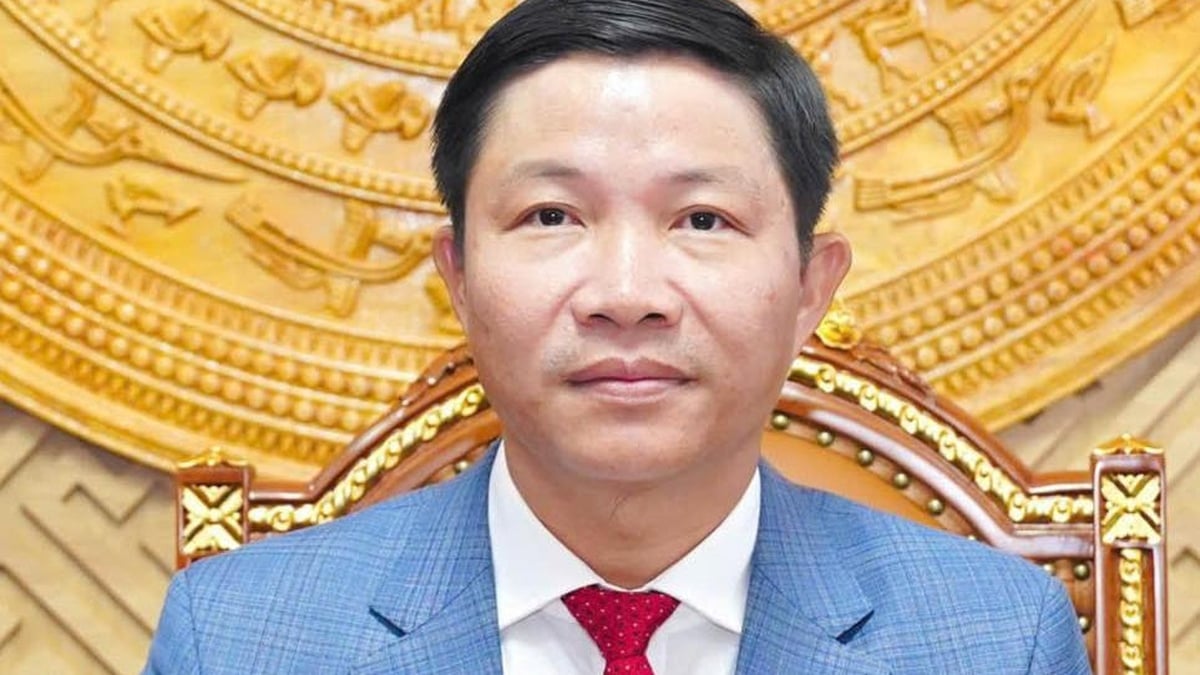

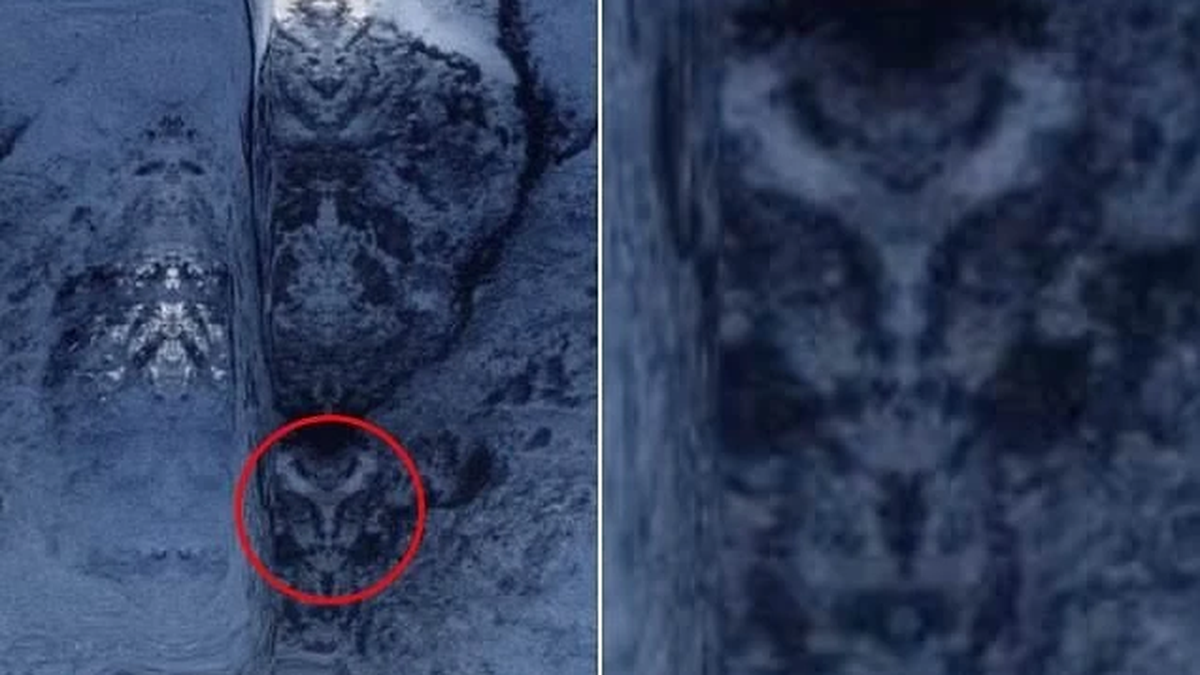
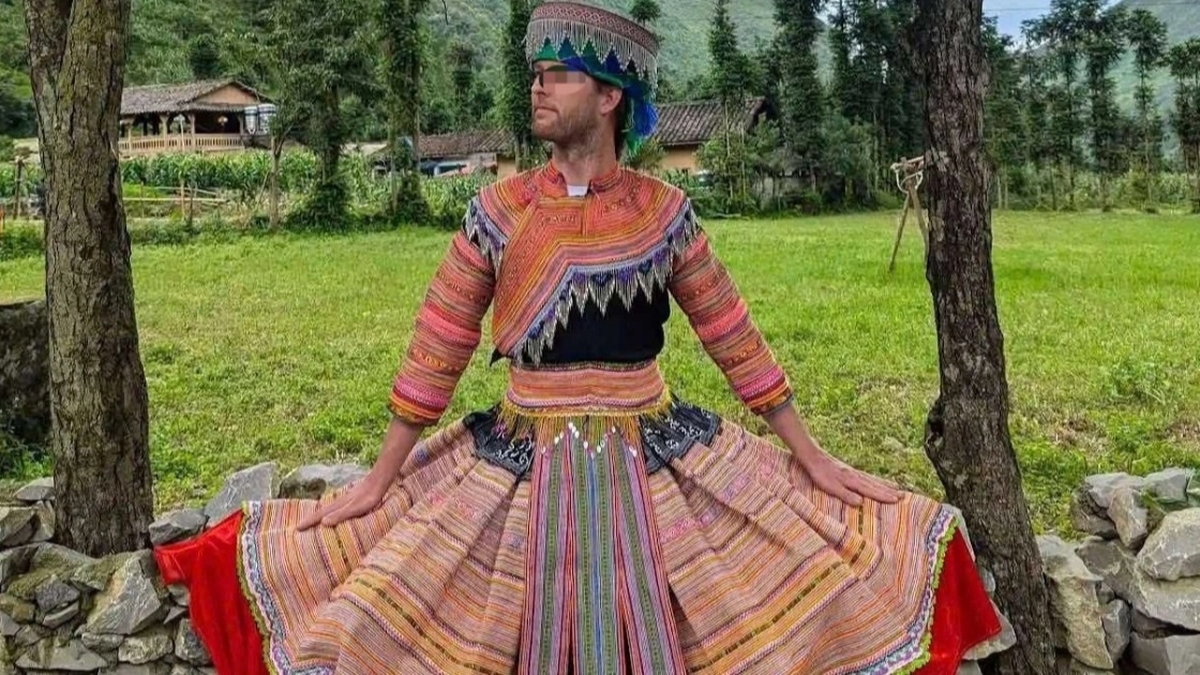

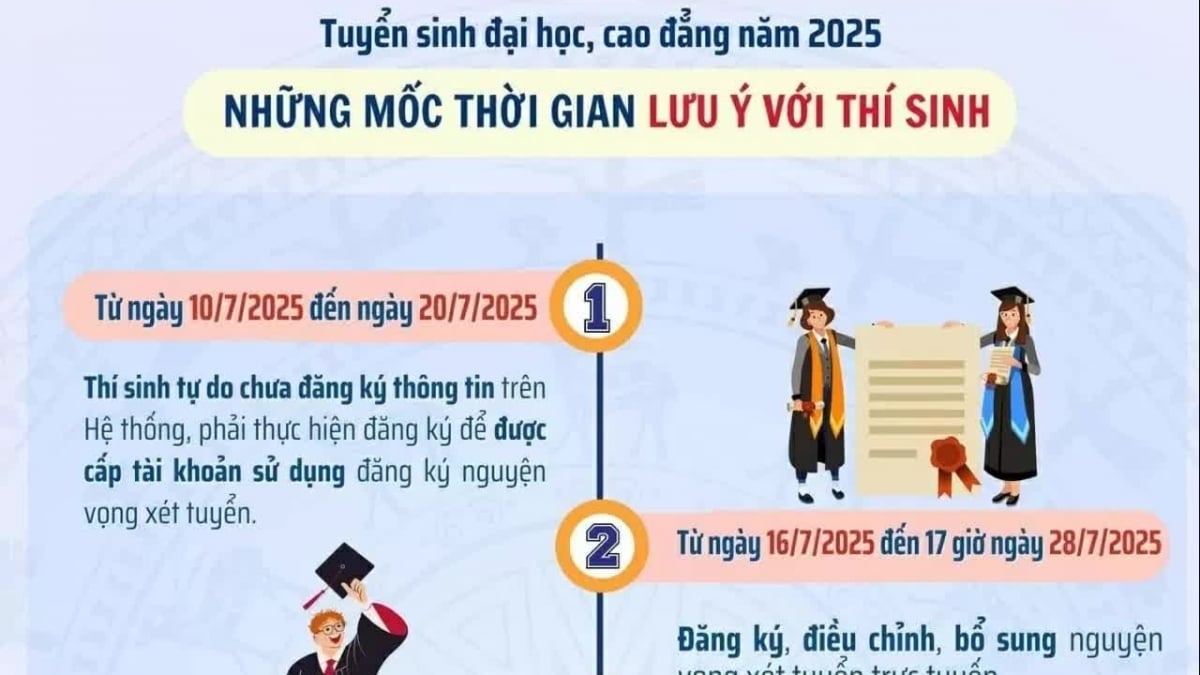
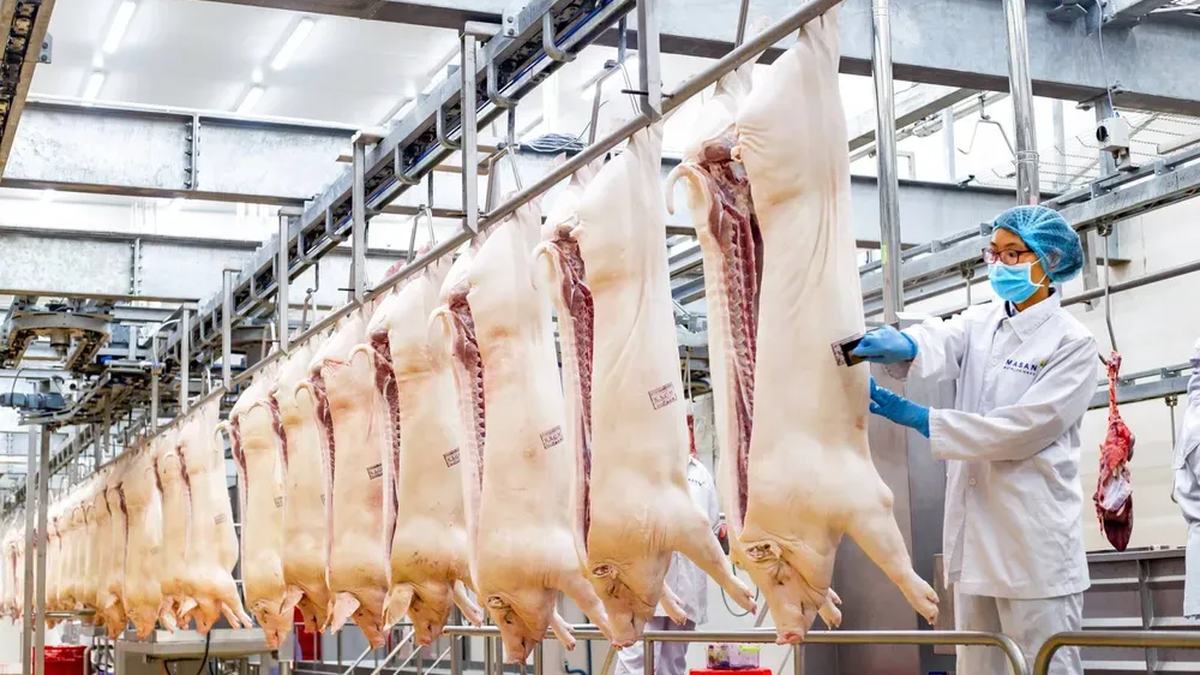


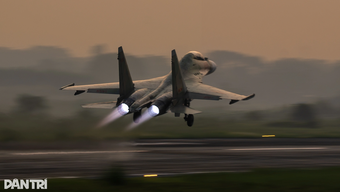
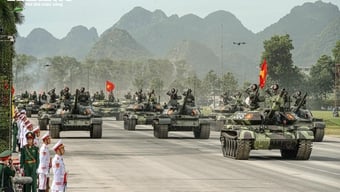







![[Photo] Nghe An: Provincial Road 543D seriously eroded due to floods](https://vphoto.vietnam.vn/thumb/1200x675/vietnam/resource/IMAGE/2025/8/5/5759d3837c26428799f6d929fa274493)
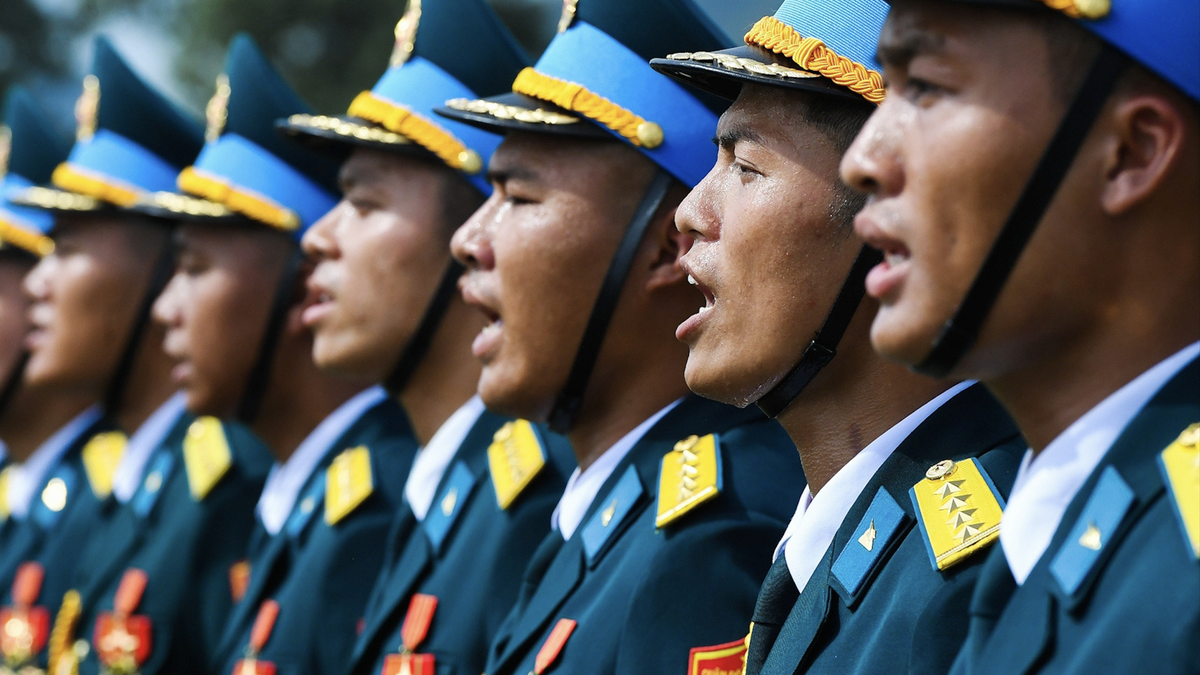

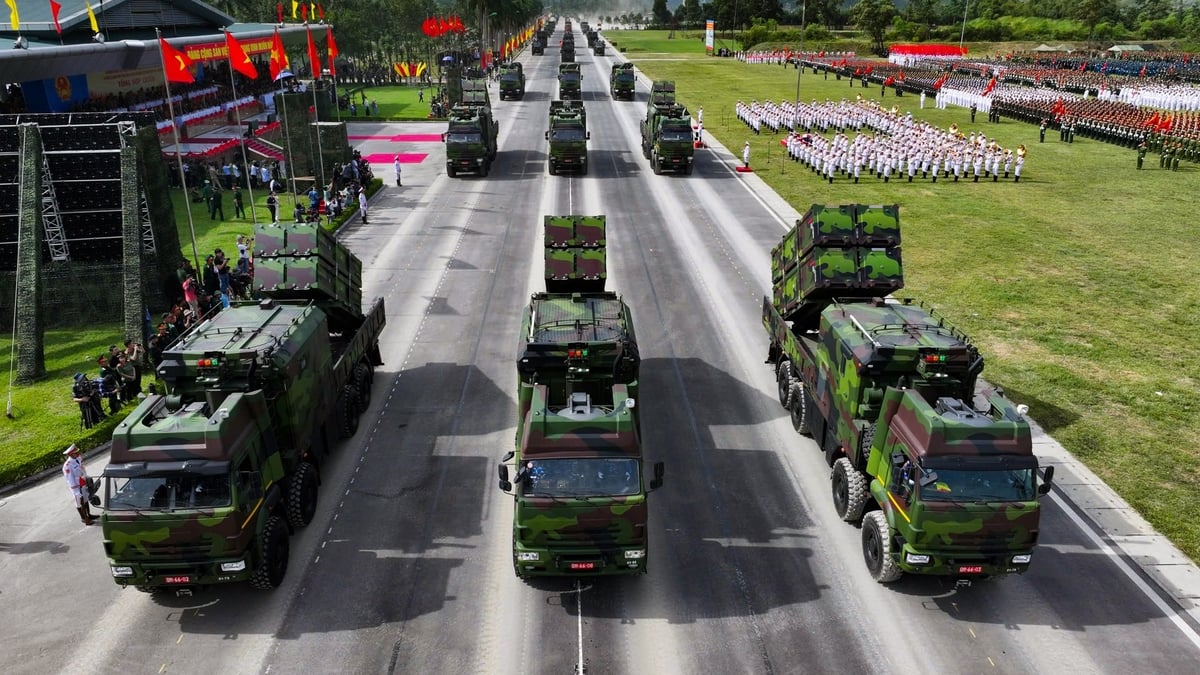
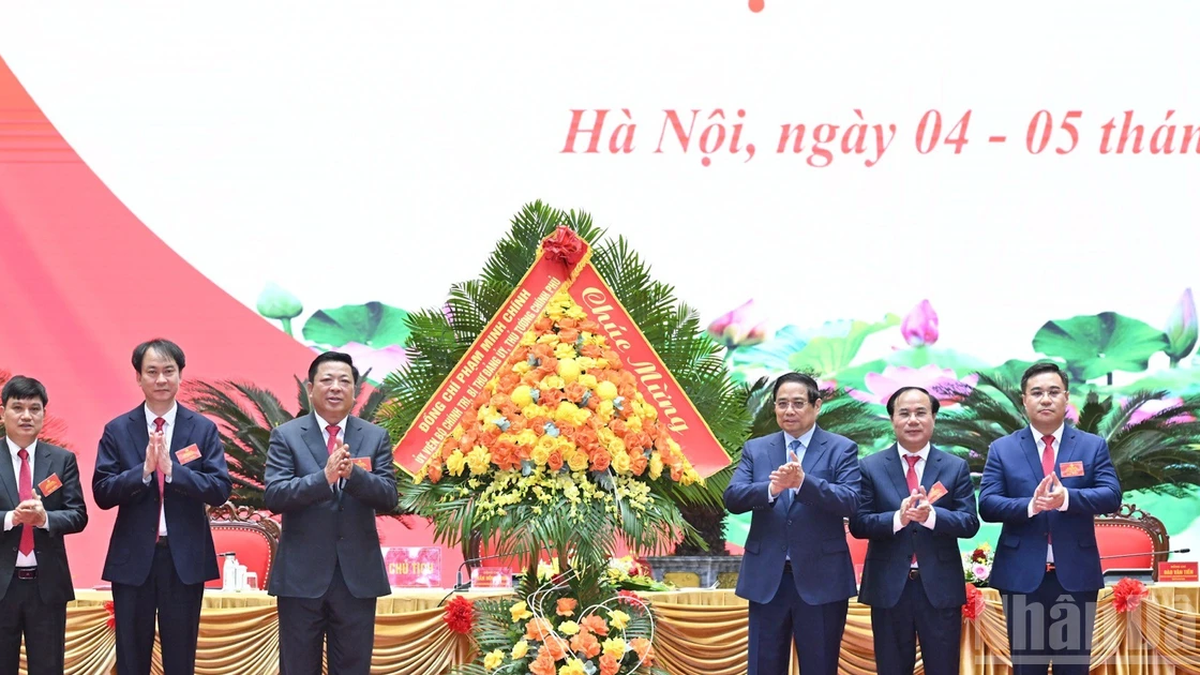
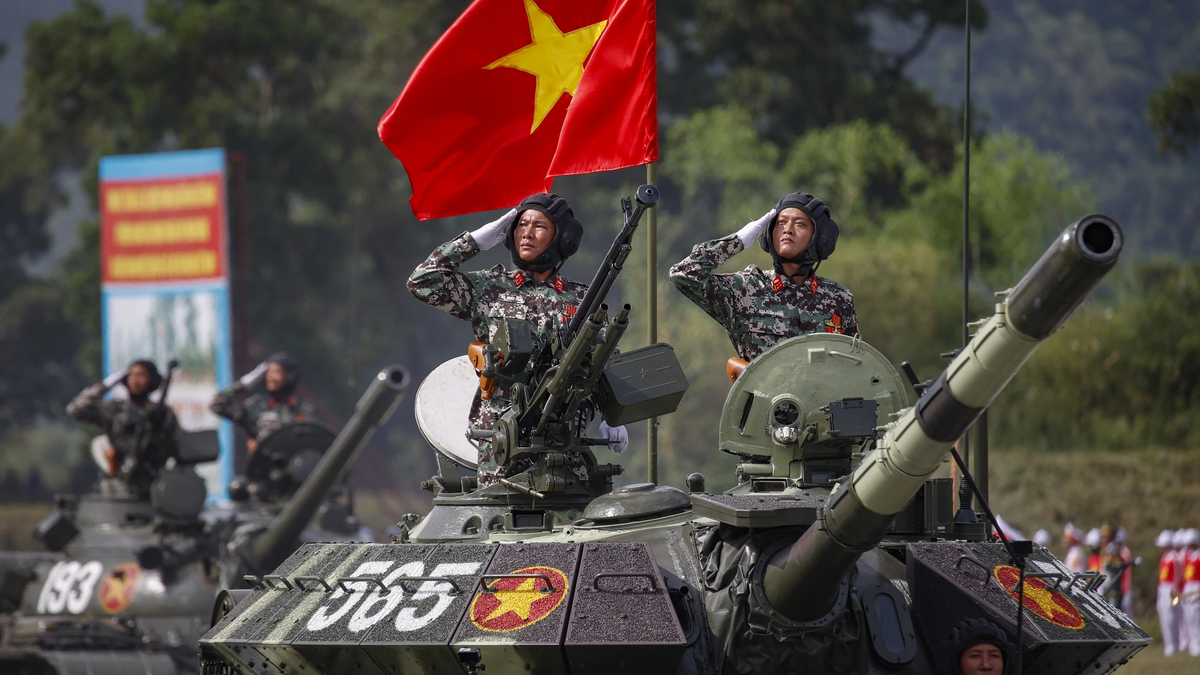

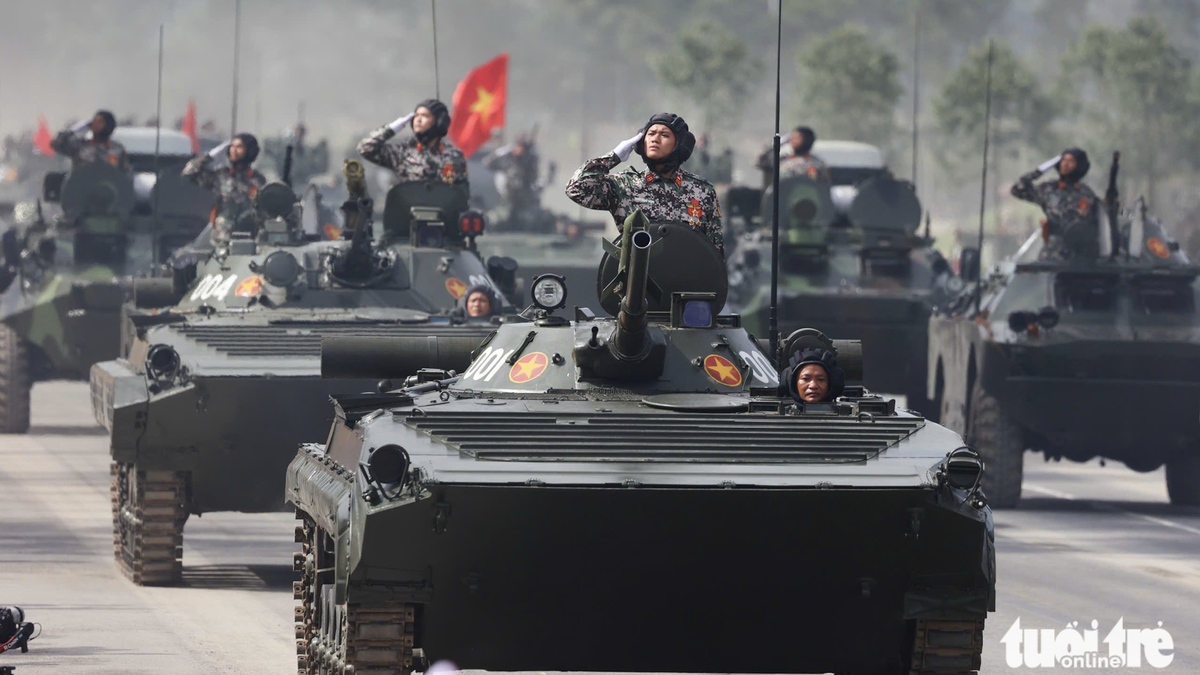
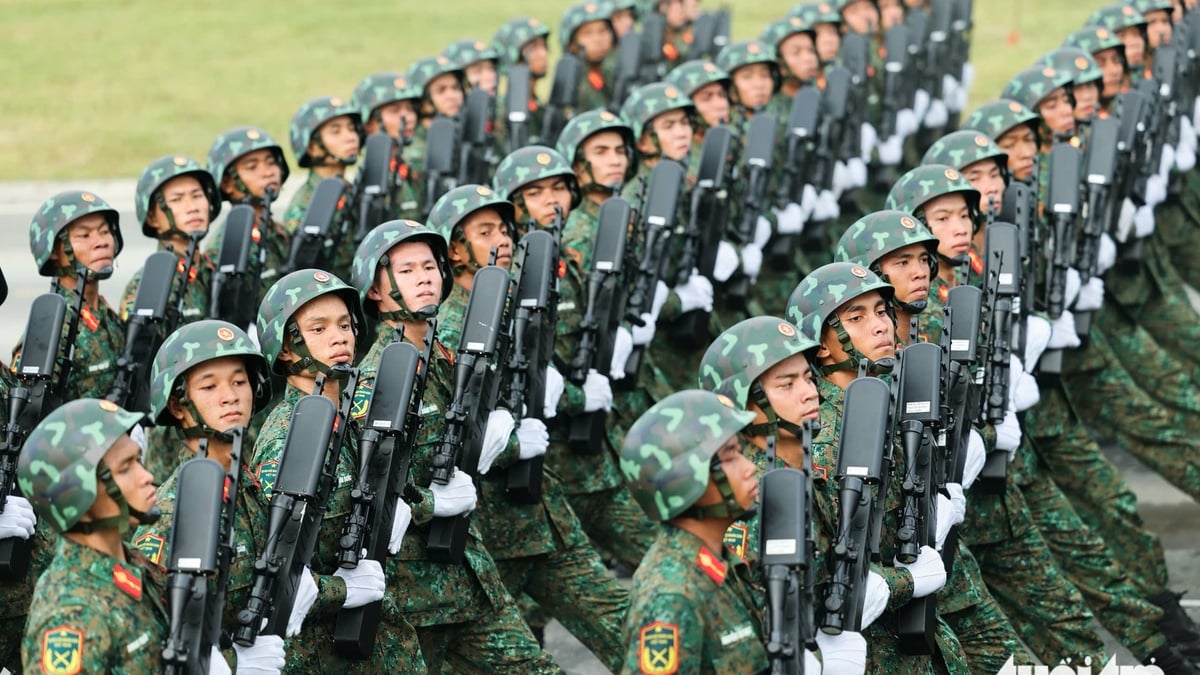
![[Photo] Discover the "wonder" under the sea of Gia Lai](https://vphoto.vietnam.vn/thumb/1200x675/vietnam/resource/IMAGE/2025/8/6/befd4a58bb1245419e86ebe353525f97)
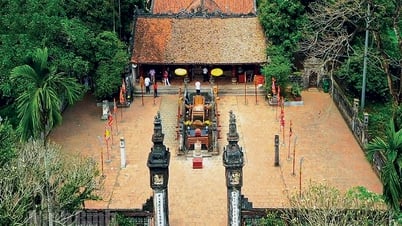

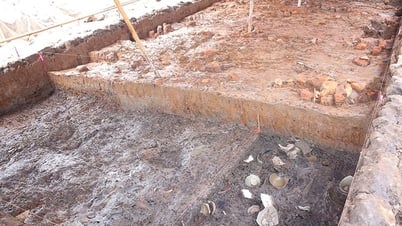

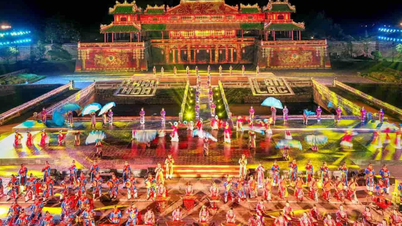
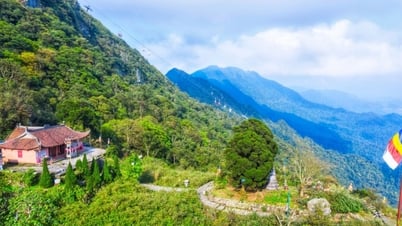

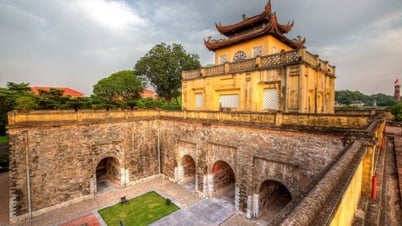

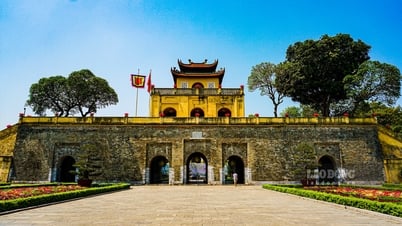

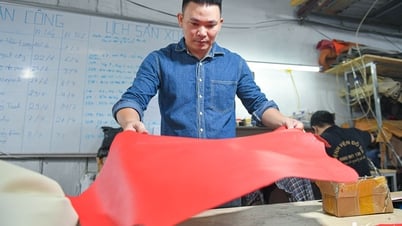




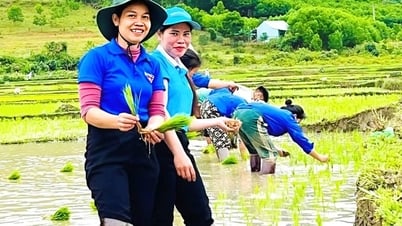






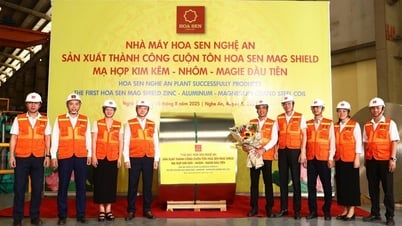


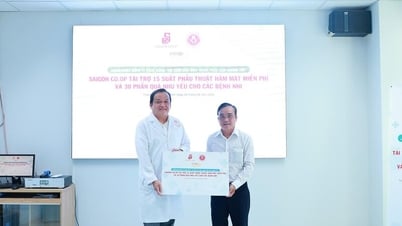


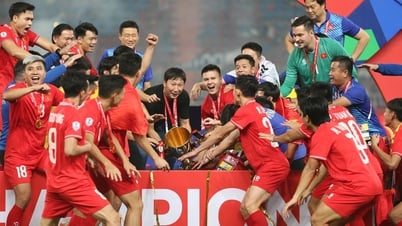
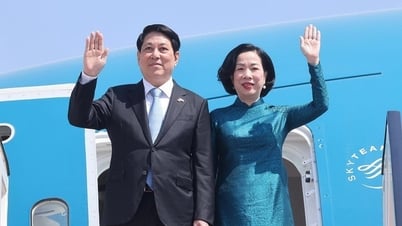


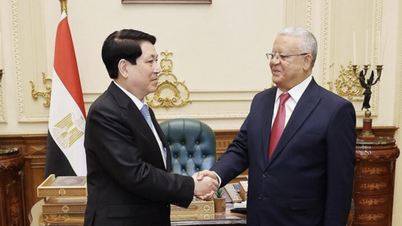

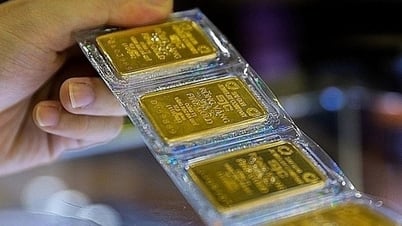

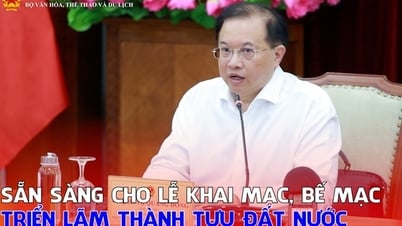
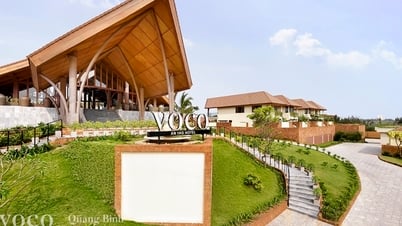
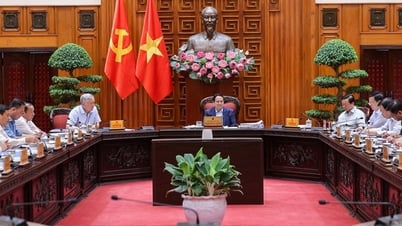
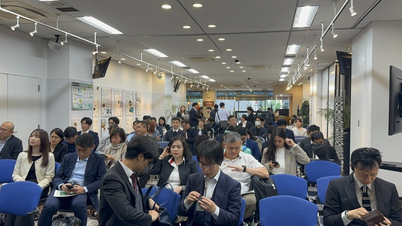


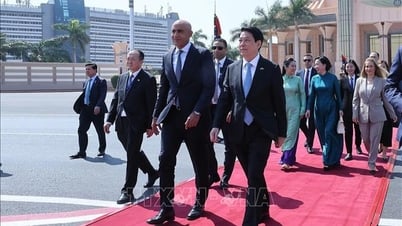








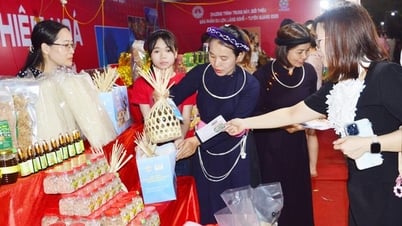
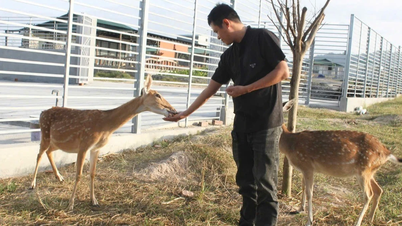

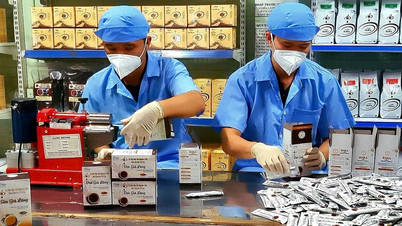


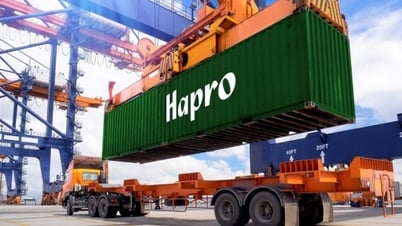
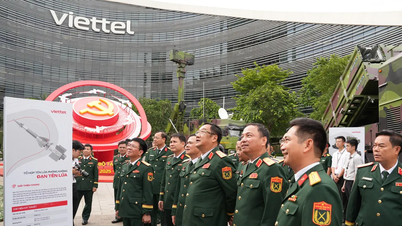


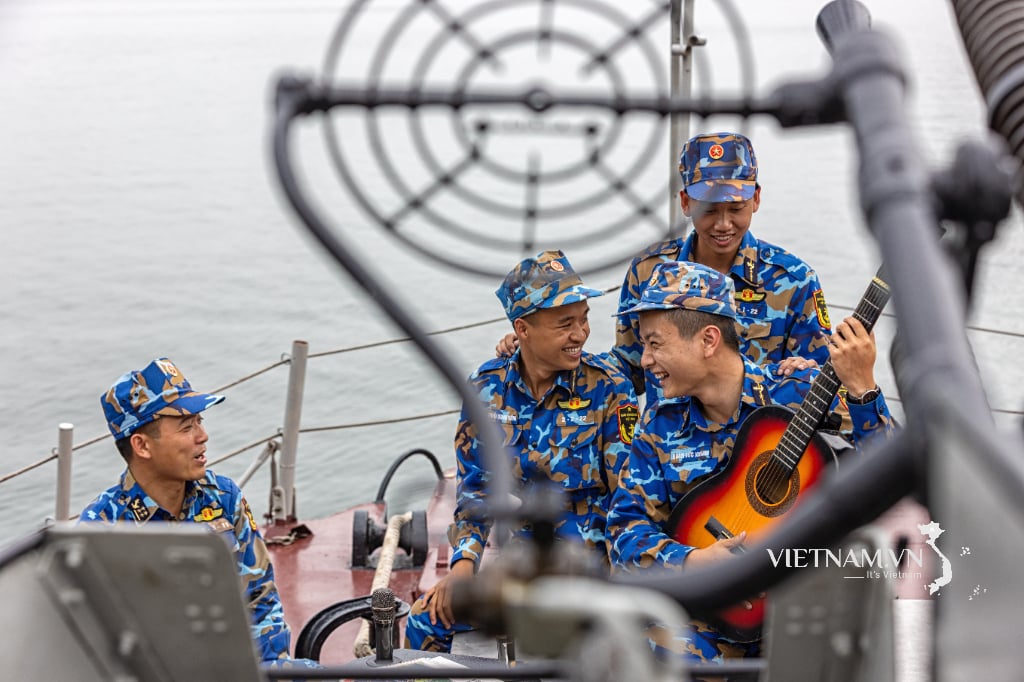


Comment (0)